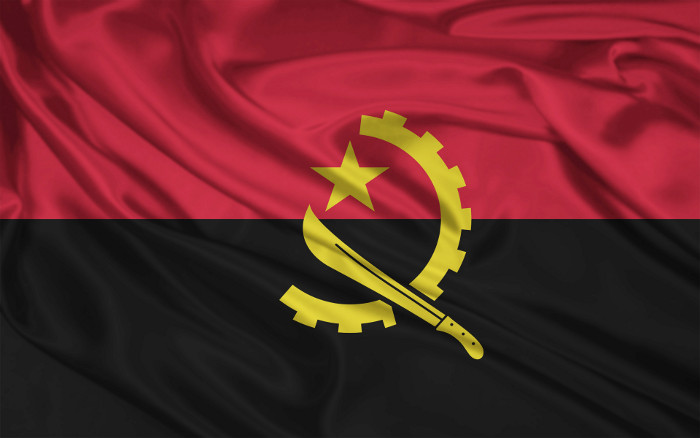Angola's central bank left its benchmark BNA rate at 18.0 percent for the third time after switching to a floating exchange rate system and said it had sold 672.75 million euros to commercial banks in the period under review for accumulated sales of 1.509.85 billion euros in 2018.
The National Bank of Angola (BNA) on Jan. 9 replaced its fixed exchange rate system with a floating exchange system with bands, and began actions of foreign exchange to set a reference rate.
The kwanza immediately plunged from its previous rate of around 166 to the dollar and was trading at 214.12 today, down 22.5 percent since then.
On secondary and informal markets, BNA said the differential in the exchange rate of the kwanza to the U.S. dollar declined by 60.2 percentage points as the rate changed from 150.618 to 90.409 between Jan. 9 and Feb. 28.
In February the central bank's gross international reserves declined to US$17.482.15 billion from 17.983.76 billion in December, but this is still enough for 7.28 months of imports.
Today's meeting by the BNA's monetary policy committee is the third since the new exchange rate system was adopted and the key BNA rate, and other rates, have been maintained since the rate was raised by 200 basis points in November 2017.
Angola's inflation rate is continuing to decelerate from just over 41 percent in December 2016 and fell to 21.47 percent in February from 22.72 percent in January.
The monetary base, which became an operating variable of monetary policy in November last year, grew by 2.57 percent in February for a 0.72 percent rise year-on-year.
Credit issued rose by 3.89 percent in February, for annual growth of 8.02 percent, with BNA noting a rise credit to individuals and for construction.
The BNA's policy statement came as Angolan prosecutors on Monday charged Jose Filomeno dos Santos, son of the former president, and Valter Filipe da Silva, former central bank governor, along with four others, with attempted fraud by transferring $500 million out of the central bank to U.K. banks.
Dos Santos and da Silva are the highest profile figures to be charged since President Joao Lourenco last September took over from Jose Eduardo dos Santos, vowing to root out an endemic culture of corruption. Dos Santos had been in power for almost 38 years.
In late October last year Lourenco replaced da Silva with Jose Massano as BNA governor.
The following month Massano then raised the rate for the first time since June 2016 to tackle accelerating inflation and shifted the operational framework of monetary policy to regulate liquidity.
Earlier this month the International Monetary Fund (IMF) said Angola's economy was seeing a mild recovery and the better outlook for oil prices had opened a window of opportunity to strengthen macroeconomic policies and carry through structural reforms so the country can "realize its full potential."
"The new administration is rightly focused on restoring macroeconomic stability and improving governance," the IMF said.
IMF forecast that growth this year would accelerate to 2.25 percent from 1.0 percent last year, driven by a more efficient system of allocating foreign exchange, additional availability of foreign exchange due to higher oil prices, natural gas producing inching up toward full capacity, and improved business sentiment.
Inflation is expected to remain high and hit 24.75 percent by the end of this year, mainly due to the depreciation of the kwacha's exchange rate, IMF said.
The IMF also described BNA's tightening of monetary policy "appropriate" as it supports the new exchange rate regime, adding the pass-through of the depreciation had been contained so far.
While there are still pressures in the foreign exchange market as the backlog of purchase orders are gradually eliminated, IMF said further reforms to the allocation mechanism is required, including phasing out direct sales.
Angola's fiscal policy is aimed at reducing deficits, with the overall deficit hitting 6 percent of Gross Domestic Product in 2017 while public debt hit 64 percent of GDP.
The 2018 budget calls for reducing the deficit to 3.5 percent of GDP and higher than forecast oil prices should be used to clear domestic payment arrears and retire public debt, IMF said, adding the objective of lowering public debt to under 60 percent of GDP provided "an adequate fiscal anchor."





































